How data, technology and changing consumer expectations are shaping the marketing mix
The advancement of so many transformative new technologies over the last five to ten years is shaking up the modern marketing world. From the emergence of wearable technology, to chatbots and mobile payment apps, disruption is taking place nearly everywhere we look.
All of these technologies have the potential to give marketers new opportunities to meet and surpass consumer expectations. However, this is only possible if marketers can keep their skill-sets up to date and look at ways to integrate new ways of working into existing processes, for example through an effective digital transformation agenda.
The technological advancement we’re seeing is not linear. Instead, it is occurring rapidly in the form of major leaps, with consumers and pioneering tech companies leading the change:
Many businesses are struggling to keep up and it’s therefore interesting to take note of the innovations making the biggest impact. In an excellent article for the CIM, David Benady recently outlined how these innovations fall into categories that form what he refers to as the new 'Five Ps' of marketing:
- Payments
- Products
- Promotion
- Place
- People
It’s worth reviewing each of these in turn and the different implications and opportunities for marketers:
Payments
As frictionless commerce continues to grow and transform the shopping experience, Apple Pay, Amazon, Google's Android Pay and many other platforms will provide more opportunities for consumers to make mobile payments in ways that reflect their needs and lifestyles.
Google's 'Hands free' app will potentially offer further, more transformative opportunities for consumers, whilst overall the trend is clear that mobile payments will only continue to grow. More and more payments are taking place on smartphones and tablets as they become increasingly ubiquitous in our daily lives.
Source: A.T. Kearney 2016
It will be interesting to see how these opportunities merge with other major trends, such as the Internet of Things, and where the increased use of biometrics and geolocation play a role for more advanced passwords, verification and authentication.
Opportunities for marketers
The development of digital/ mobile/ frictionless payments will give marketers new and different ways to reach consumers. With the continued rise of ad blocking, effective, value-adding payment strategies will provide opportunities for more targeted banner ads, push notifications and loyalty programmes across the devices that matter most to consumers.
Promotion
The relationship with brands and consumers is likely to become deeper over the next few years. As suggested above, the rise in adblocking means it’s becoming more difficult for brands to reach consumers with traditional advertising strategies and therefore the way forward will involve an increased emphasis on relevance and value.
The data already indicates that consumers are using messenger apps more than social networks and chatbots may give brands an opportunity to create more meaningful content to engage and connect with consumers within these channels and make commerce more interactive.
Creating more personalised, one-to-one experiences is one way to create more relevant connections and the key platforms for marketers to be aware of include WhatsApp, Facebook Messenger, Skype, Google Hangouts and Viber.
It’s also worth reflecting that the days of creating a half-hearted brand profile on a social network that simply broadcasts mass messages to users may be coming to an end. Chatbots, by contrast, have the ability to use natural language processing and AI to learn from conversations and therefore enable brands to offer exclusive new deals and promotions that are tailored to specific customer groups and followers.
Opportunities for marketers
Although it's a valid strategy to create a presence across multiple channels, we’re seeing today that customers are using fewer apps more regularly. Of these, messaging apps are some of the most popular and therefore one of the big opportunities for brands will be to create services and content within these apps to reach consumers in the places that matter.
With the advancement in speech recognition technology, it’s also worth reflecting on the opportunity of voice and it’s potential influence via AI assistants and wireless headphones.
As part of KPCB’s internet trends briefing, Mary Meeker called voice “the most efficient form of computing input”. After all, we can speak 150 words per minute compared to typing just 40. Voice interfaces can learn about us and therefore improve their understanding and prediction of our intent.
Products
Wearable technology is transforming the relationship between brands and consumers. As the technology continues to advance, brands can use more intelligent ways to connect with consumers.
One way of connecting with consumers is by becoming smarter through the use of different forms of data. For example, biometric heart data from a wearable wristband or piece of clothing could provide feedback on an ad or product on a website, which can then be tailored or adjusted accordingly depending on the signals.
The trend away from ownership with the rise of the sharing economy is another factor that is influencing people’s relationship with products:
Millennials in particular are more likely to use Uber or Airbnb to get around and stay somewhere respectively. We can also see this in the demand for streaming television, films and music via Netflix, iTunes or Amazon rather than owning DVDs or CDs.
It will be interesting to see how this trend develops and we could one day see this spread to other areas of life, including household appliances, furniture and technology.
Opportunities for marketers
Wearable tech gives marketers the opportunity to create new and extended brand experiences. Wearables are devices we use nearly all the time, everyday, and therefore loyalty is an area that could be explored further. The technology that wearables use also enables links and connections to other apps and services, providing real-time consumer behaviour data that could be harnessed (in a responsible and ethical way) by partner brands to develop more integrated customer experiences.
The sharing economy is another area of huge potential, with peer-to-peer finance, online staffing, accommodation, car sharing and video streaming all continuing to disrupt traditional markets and savvy marketers should learn from how these new disruptors are challenging the status quo and communicating the benefits to consumers.
Place
Place will become an increasingly important element of the marketing mix as people look for context and convenience. Location is a major indicator of purchase intent and it’s unsurprising that consumers are increasingly using 'near me' when searching for shops or services.
Beacon technology allows brands to connect with consumers when they enter a particular location and to target them in more meaningful ways. A few years ago Google published research around ‘Micro-moments’ that encouraged marketers to consider how mobile has shaped changing consumer behaviours. The demand for relevance is a key facet of this research and something location can help marketers to use as they develop more meaningful propositions.
Opportunities for marketers
Location-based marketing bridges the gap between the online and physical customer experiences and enables 'in-the-moment' purchases to be promoted more effectively. Location targeted ads are set to continue to grow in prominence and technology will continue to advance to improve relevance.
As programmatic marketing becomes more sophisticated, marketers will find greater opportunities to target the right people, at the right moments, in the right context. With the right balance, consumers will experience better relevance and brands will realise better results.
People
Customer relationship management (CRM) is no longer about storing just basic customer data and keeping track of emails. CRM technology is beginning to impact the entire organisation, from managing communication internally between employees to building a detailed picture of the customer through multiple datapoints.
Technology has transformed customer expectations. With all the data companies have, customers expect more from the marketing they receive, particularly in terms of the frequency and relevancy of messaging:
Brands must therefore listen to and communicate across multiple channels, including websites, apps, email and social media, to build a truly 3600 view of the customer.
Marketers are now entering the boardroom and becoming a vital part of the sales process through the customer insights they’re able to obtain. It’s therefore likely that the role of the marketer will change, becoming more strategic by identifying ways to connect with consumers via multiple touchpoints.
Opportunities for marketers
CRM gives brands the opportunity to engage with consumers across multiple touchpoints and become more responsive and agile to market demands. Marketers must identify ways to use data and insight to build a more detailed and nuanced picture of the customer and map the customer journey accordingly.
However CRM isn’t just about connecting with customers. There are now opportunities for multiple departments, from finance to HR and client services, to use CRM to build deeper relationships with internal teams and in the process improve collaboration, processes and new ways of working.
source http://www.smartinsights.com/marketing-planning/marketing-models/five-ps-marketing-2016/
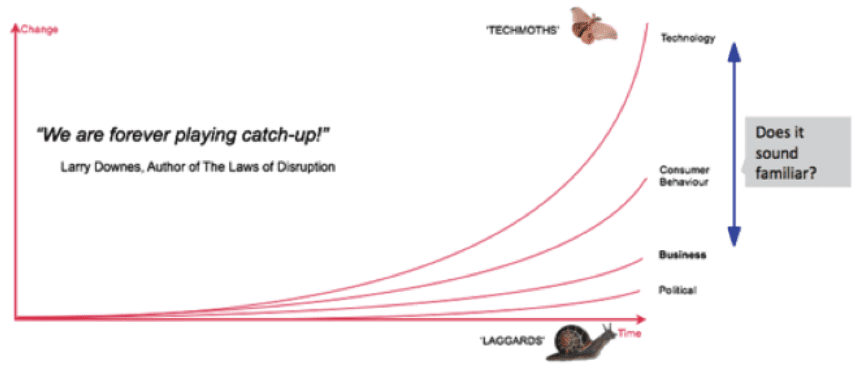
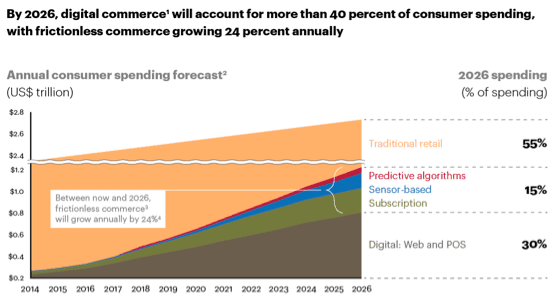
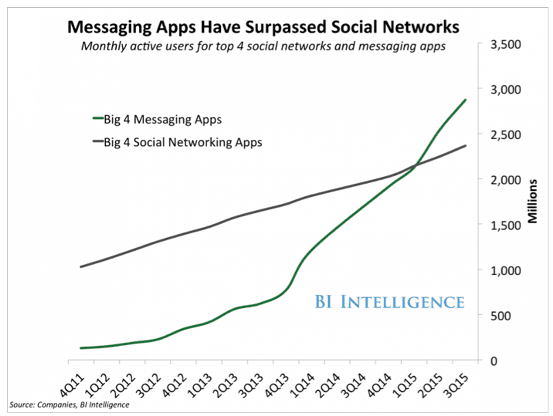
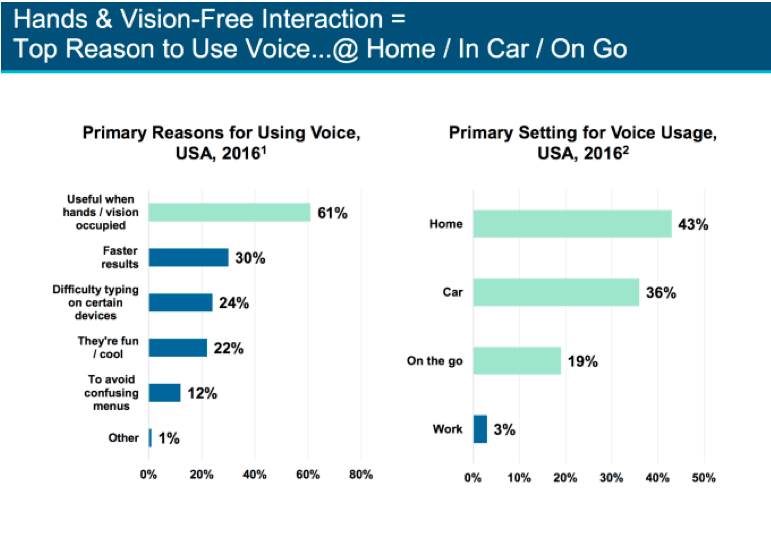
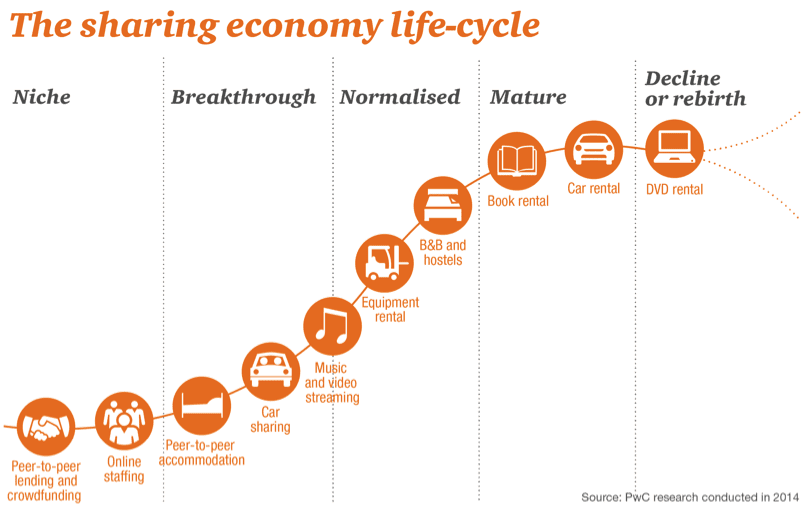
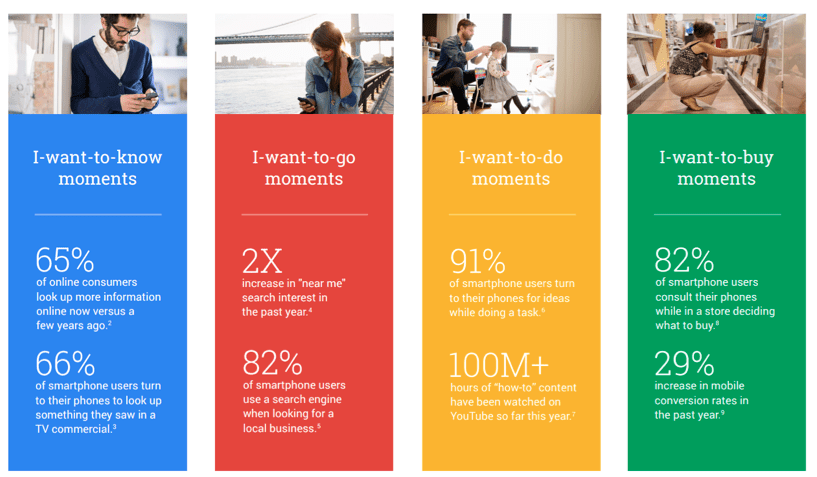
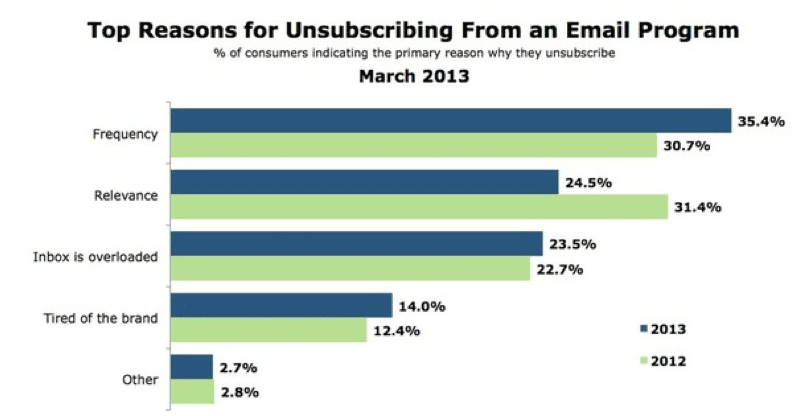
No comments:
Post a Comment